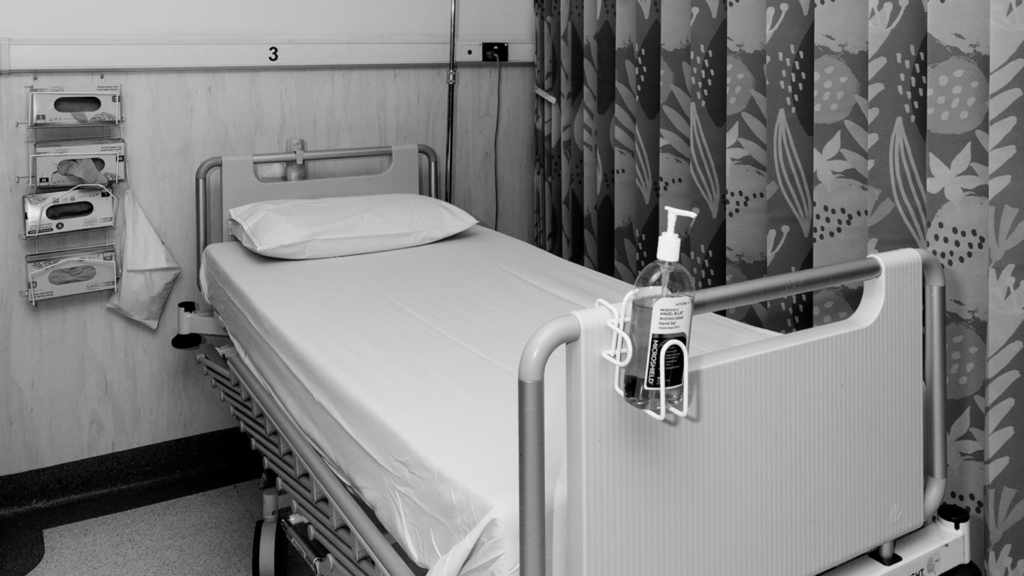Unplanned hospital readmissions for patients within 28 days for selected surgical procedures (per 1,000 separations)
Rationale
Unplanned hospital readmissions may reflect less than optimal patient management and ineffective care pre-discharge, post-discharge and/or during the transition between acute and community-based care. These readmissions necessitate patients spending additional periods of time in hospital as well as utilising additional hospital resources.
Readmission reduction is a common focus of health systems worldwide as they seek to improve the quality and efficiency of healthcare delivery, in the face of rising healthcare costs and increasing prevalence of chronic disease.
Readmission rate is considered a global performance measure, as it potentially points to deficiencies in the functioning of the overall healthcare system. Along with providing appropriate interventions, good discharge planning can help decrease the likelihood of unplanned hospital readmissions by providing patients with the care instructions they need after a hospital stay and helping patients recognise symptoms that may require medical attention.
The 7 surgeries selected for this indicator are based on those in the current National Healthcare Agreement Unplanned Readmission performance indicator (NHA PI 23)
Note: This indicator is reported by calendar year. Some indicators are reported by calendar year to allow for delays associated with the clinical coding of medical records, data quality checking, data linkage processing, and the setting of targets in accordance with the Government Budget Statement.
Target
The 2024 targets for unplanned readmissions for each procedure (per 1,000 separations) are outlined below. Improved or maintained performance is demonstrated by a result below or equal to target.
| Procedure | Target |
|---|---|
| (a) knee replacement | ≤ 21.0 |
| (b) hip replacement | ≤ 19.4 |
| (c) tonsillectomy & adenoidectomy | ≤ 84.4 |
| (d) hysterectomy | ≤ 45.8 |
| (e) prostatectomy | ≤ 40.0 |
| (f) cataract surgery | ≤ 2.3 |
| (g) appendicectomy | ≤ 29.7 |
Results
Click the drop-down arrow to see different KPI categories
(a) knee replacement
| Year | Target | Actual | |
|---|---|---|---|
| Years 2024 | Target 21.0 | Actual 14.4 |
|
| Years 2023 | Target | Actual 14.3 |
|
| Years 2022 | Target | Actual 10.4 |
|
| Years 2021 | Target | Actual 15.4 |
|
| Year | Target | Actual | |
|---|---|---|---|
| Years 2024 | Target 19.4 | Actual 7.9 |
|
| Years 2023 | Target | Actual 16.4 |
|
| Years 2022 | Target | Actual 11.1 |
|
| Years 2021 | Target | Actual 20.4 |
|
| Year | Target | Actual | |
|---|---|---|---|
| Years 2023 | Target 84.4 | Actual 147.1 |
|
| Years 2022 | Target | Actual 58.8 |
|
| Years 2021 | Target | Actual 84.7 |
|
| Years 2020 | Target | Actual 138.7 |
|
| Year | Target | Actual | |
|---|---|---|---|
| Years 2024 | Target 45.8 | Actual 31.3 |
|
| Years 2023 | Target | Actual 47.9 |
|
| Years 2022 | Target | Actual 25.9 |
|
| Years 2021 | Target | Actual 73.2 |
|
| Year | Target | Actual | |
|---|---|---|---|
| Years 2024 | Target 40.0 | Actual 42.6 |
|
| Years 2023 | Target | Actual 69.4 |
|
| Years 2022 | Target | Actual 54.5 |
|
| Years 2021 | Target | Actual 49.3 |
|
| Year | Target | Actual | |
|---|---|---|---|
| Years 2024 | Target 2.3 | Actual 1.5 |
|
| Years 2023 | Target | Actual 2.6 |
|
| Years 2022 | Target | Actual 2.3 |
|
| Years 2021 | Target | Actual 2.4 |
|
| Year | Target | Actual | |
|---|---|---|---|
| Years 2024 | Target 29.7 | Actual 26.0 |
|
| Years 2023 | Target | Actual 22.3 |
|
| Years 2022 | Target | Actual 25.8 |
|
| Years 2021 | Target | Actual 30.1 |
|
Commentary
EMHS strives to provide safe, high-quality care to its patients at all times. In 2024 improved performance can be seen across the majority of indicators relating to hospital readmission. EMHS continues to perform case reviews to drive clinical improvement across these cohorts. These reviews can identify variations in care and outcomes, fostering system-wide learning and service improvement.
In 2024 unplanned readmissions following tonsillectomy and adenoidectomy and prostatectomy exceeded target. These results are however based on a small number of cases where individual case reviews noted a high degree of patient complexity contributing to the need for readmission as well as some opportunities for quality improvement to streamline care delivery. EMHS will continue to monitor performance of these indicators and learn from these cases.
Period: 2021 to 2024 calendar years
Contributing sites: Armadale/Kelmscott District Memorial Hospital, Bentley Hospital, Kalamunda Hospital, Royal Perth Hospital, St John of God Midland Public Hospital (public patients)
Data source:
Hospital Morbidity Data Collection (HMDC); WA Data Linkage System
Outcome one // Effectiveness KPI

